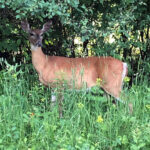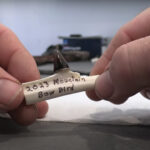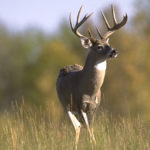Running trail cameras year-round on public land, I’ve experienced my share of monkey business. It amazes me the trouble some folks will go through to mess with my cameras. I’ve had SD cards stolen. I’ve found SD cards in my cameras that weren’t the brand I use. Numerous times, people have deleted the photos off of my cards before putting them back in the cameras. I’ve even had people move my cameras from one tree to another. But none of those mind games mean much in the whole scheme of things, and they’re just minor nuisances compared to having cameras stolen.
Theft can happen anywhere, even on private posted property, and it’s always a downer when it happens. Over the years, I’ve learned to not let it bother me too much, and I don’t trash talk the whole human race just because one dishonest jerk ruined my day. That’s not to say I haven’t learned the hard way, though, and those lessons have forced me to adopt a few tricks to better conceal my trail cameras from would-be thieves.
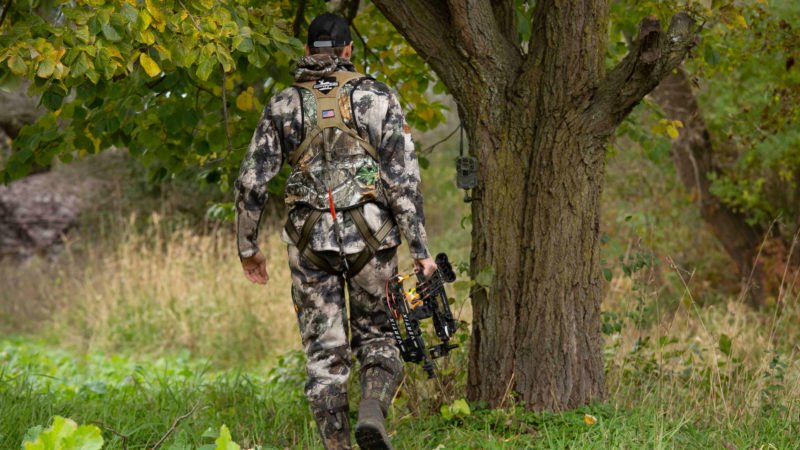
When to Set and Check
There are two times of year when I’ve had the most trail cameras stolen: during the spring turkey season and during the fall gun season. The turkey season thefts I attribute to ignorance, not just because someone stole my cameras, but because perhaps they saw the cameras and believed them to be abandoned or forgotten. For most people, the idea of running trail cameras year-round still hasn’t caught on.
The thefts during gun season, especially regarding the 6 (count ‘em 6!) trail cameras I had stolen in a single day, were due to my own stupidity of checking them after a fresh snow. Although I’d gotten my buck during the rut in early November, I’d left my cameras up.
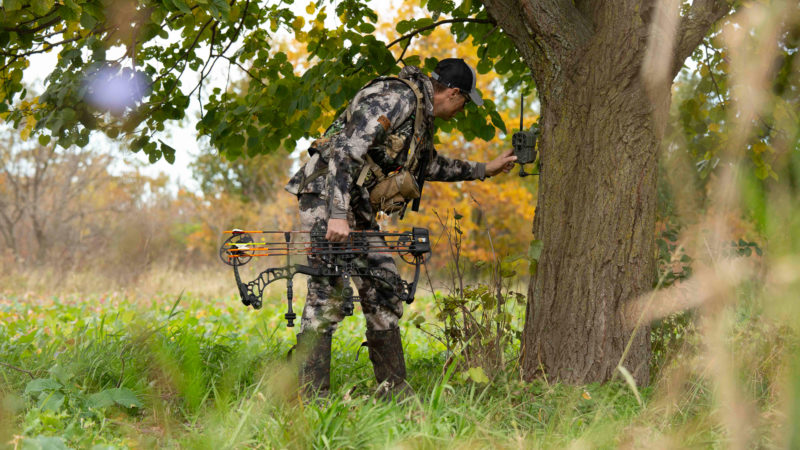
When I had a free Sunday in early December, I went for a hike and swapped out the SD cards and enjoyed a fun evening of going through photos. Only problem was, the snow hung around and my tracks showed everybody the location of every camera. Lesson learned. Now I pull all of my cameras before these two seasons and don’t reset them until most of those folks are out of the woods.
I’m a little cagier now when it comes to checking cameras, too. I stay away when there’s snow on the ground. On public land, where hunter and non-hunter traffic increases on weekends, I’ve found mid-week or rainy days are both good options for swapping out SD cards.
Go Strapless
One of the first things I do when planning to set trail cameras in high traffic areas is remove the factory straps and use a bracket or screw-in mount to attach cameras to trees. This allows me to be more versatile with placement and gives my overall setup a smaller profile.
Don’t get me wrong, straps are great and reliable for mounting cameras, but they also make cameras visible a full 360 degrees. Even if someone doesn’t see your actual camera, they could potentially spot the strap. In nature, straight lines and shapes stand out.
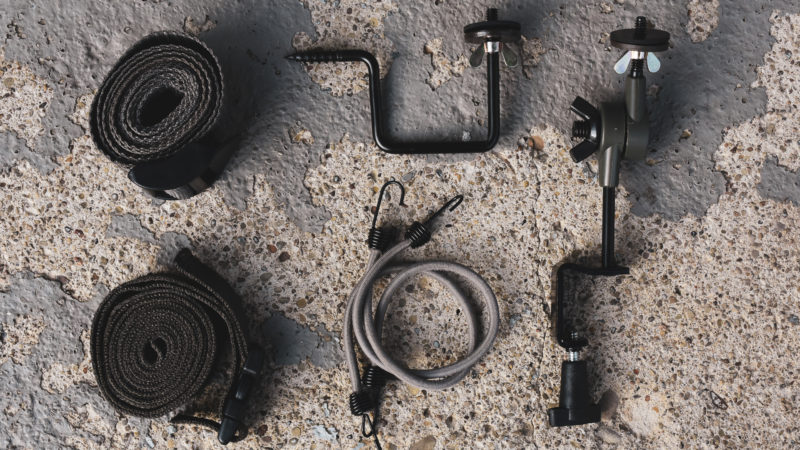
Many times, I’ve found the trail cameras of other hunters because I spotted the horizontal line of the strap wrapped around the tree. That line is even more pronounced after a dusting of snow because not only will that strap appear darker and more noticeable, but there will now be a distinct, white line of snow settled on the upper edge of the strap.
Brackets and screw-in mounts can be as simple or as pimped out as you require. Some are of the same design as a miniature screw-in tree step, while others have multiple ball bearings that allow you to fully adjust the camera’s direction.
Like trail cameras themselves, there’s a difference in cost between the basic versions and ones with all the bells and whistles, but all of them serve a purpose, which is to make your camera less visible to a passersby.
Dealing with Roads and Trails
Something as simple as facing cameras away from roads and well-used trails can prevent theft. For instance, several heavy deer crossings that I like to put cameras on are along a hard-top road. These trails lead from a bedding area on one side of the road to numerous corn and soybean fields on the other. With only two cameras I can cover almost all activity as deer move from one side of the road to the other. Unfortunately, the woods are fairly open here, too, and anyone driving by can easily spot a trail camera.
But when I find a good place for my cameras, I’m stubborn. In this location, I removed the straps from the camera and utilized one of the screw-in mounts just mentioned. I then found a couple of trees wide enough to shield the cameras from the road. Problem solved.
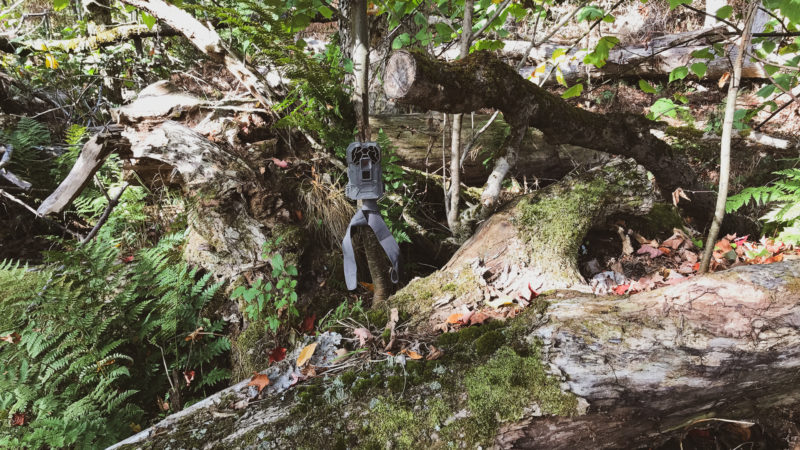
I avoid hanging cameras right on trails, too, and instead prefer to put them 10-20 feet away and in a little bit of brush. If there’s no brush available, I use whatever I can to help camouflage and break up the camera’s outline. One of my favorite tactics is to hide the camera in between two logs.
Even if the only tree available to attach the camera to is a sapling, I’ll tie the straps in a way that helps break up the camera’s outline and situate the camera so that it’s looking out between two logs or clumps of brush. The setup doesn’t always look pretty, but I’ve never had a camera stolen when doing this…knock on wood!
Elevate
Elevating the camera is another great trick to prevent theft, too. As most people walk or hike in the woods, their focus is on the ground and objects up to about waist level. Hikers in general are usually thinking about footing and how to best navigate the trail. Next time you’re scouting, pay attention to where your focus is, and I’ll bet you find that it’s primarily on or close to the ground. After all, that’s where you find the scrapes and trails.
I’ve been able to place trail cameras in some really high traffic areas on public land by simply hanging them at eye level or higher. I even get a number of photos of people passing within feet of the camera, and I basically get their mugshot as they walk by, but they seldom realize the camera’s even there. On every occasion, in every photo of every person who walks by, their focus is always downward.
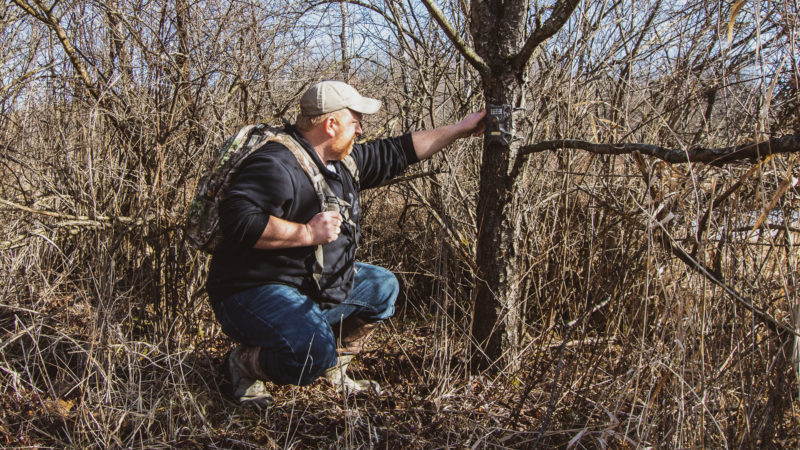
Elevating my trail cameras also solves a lot of issues with another pesky visitor: bears. I hunt primarily public land, all of which is located in bear country. In the summer of 2020 alone, I had 3 cameras destroyed by black bears. Bears are naturally curious animals.
Although not known for having great eyesight, it’s amazing how they can zero in on things that seem out of place, such as the square shape of a camera against a tree. Over the years, I’ve learned that if I put a camera on any good game trail, or even to keep watch on a scrape or mock scrape, I’d better put it above a bear’s natural line of sight.
Lock it Up
The ultimate in trail camera protection, of course, is placing the camera inside a security box that can be locked. Anyone wanting to mess with these cameras will find it too much trouble to be worth the effort. And most of them are somewhat bear proof, which is a plus if you’re operating in bear country.
The downside is that security boxes are not always cost effective if you run a lot of cameras. But then, I guess a $25 investment in a security box might just be worthwhile if you’re using a high-priced trail camera.
Most of the trail cameras I use were purchased for less than $50 apiece, usually bought on sale or on clearance, but it still stings to have one stolen. That’s money lost, and it can put a real damper on your mood.
But sometimes I just have to accept that some loss is inevitable, no matter how much I try to prevent it, regardless of whether I’m on public or private land. I’ve found that the best thing to do is keep a positive attitude and move on and try to hide it better next time. It’s not worth letting it ruin your day.
Keep the items mentioned above in mind as you shuffle your trail cameras around this season, and you’ll help reduce the risk of losing cameras to theives.

 By
By 
